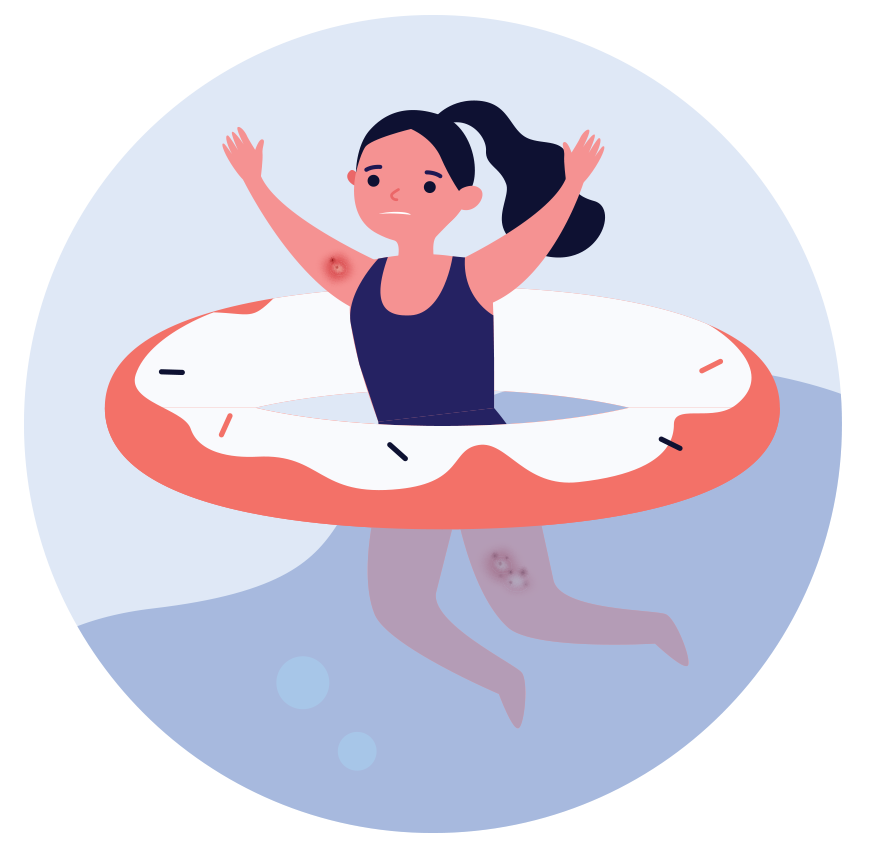Eczema Care Online is for people with eczema and families caring for a child or baby with eczema.
Eczema Care Online is for people with eczema and families caring for a child or baby with eczema.
No exercise or sport is out of bounds. Having eczema doesn’t have to get in the way of their life and stop them from taking part in activities that they enjoy

Broken skin can be painful when it comes into contact with sweat. One way to deal with this is to repair the broken skin using flare control creams. You can find more information on flare control creams in the ‘flare control creams’ section in the menu above.
Many children with eczema enjoy swimming but it can dry out the skin. One way of dealing with this is by putting on moisturising creams before swimming and after swimming.
You don’t need to put on a thick layer of moisturising cream, just enough to protect the skin. After swimming, it can be helpful to make sure your child showers straight away, pat their skin dry gently, and put moisturising cream on before they get dressed. Don’t wait to get home to put their moisturising cream on as their skin will have dried out by then. Try out what works best for your child.
Parents of younger children might find the cream can make their child very slippery and difficult to support in the water.
We don’t tend to put moisturising creams before a swim because during baby swimming, you’re holding on to them all the time and they become really slippery. But then, we make sure they have their creams when they get out.
Emma
Freshwater and saltwater can also make broken skin sting. If your child has broken skin, it is important to use flare control creams to keep their skin in good shape for swimming.